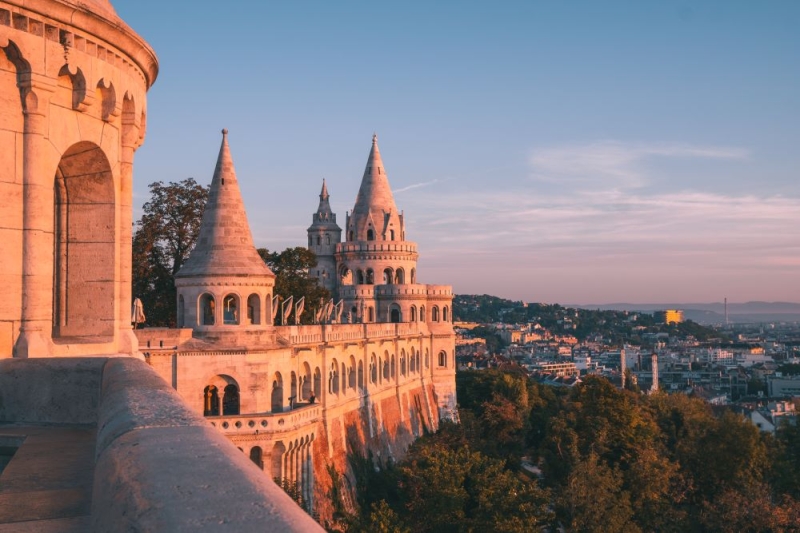
Culture, gastronomy, castles, legends, thermal baths, ruin pubs – your eyes run wild with everything you can do in the capital of Hungary. For you, we have sorted out the activities by topic, choose what is closer to you.
How to get there
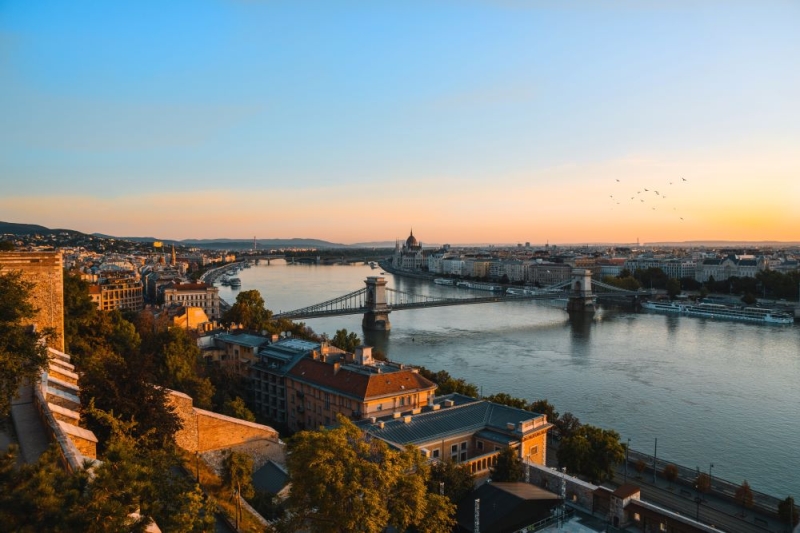
Air service has resumed. You can fly from Moscow to Budapest in less than three hours, the cost of an air ticket is from 20,000 rubles* per person round trip.
Entry under Schengen, with a certificate of completion of the full course of vaccination or a negative result of a PCR test done a maximum of 72 hours before arrival.
In this material we will tell you, among other things, what the capital of Hungary can surprise you with and what unexpected places a sophisticated tourist should visit. If you want to explore the main attractions, then read our article.
With steam
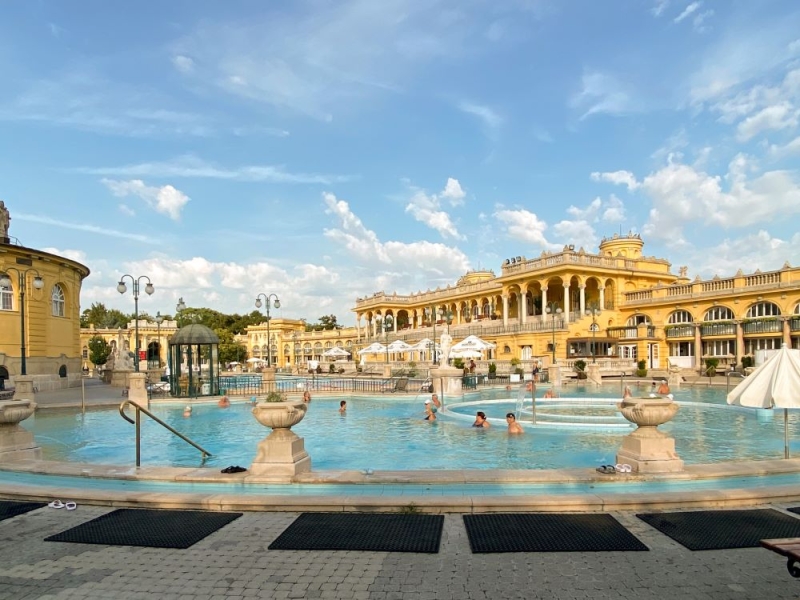
Budapest acquired the title of “Spa City” in the 20th century, when the baths as we see them today began to appear. People came here for business meetings and discussed important political issues. To a large extent, baths were built on the site of Turkish hammams, built on mineral springs during the rule of the Ottoman Empire over Hungary in the 16th century. Taking a dip in hot water in one of the ancient luxurious buildings is one of the main attractions of Budapest. Pleasant and useful: prevention of rheumatism, muscle pain and skin diseases.
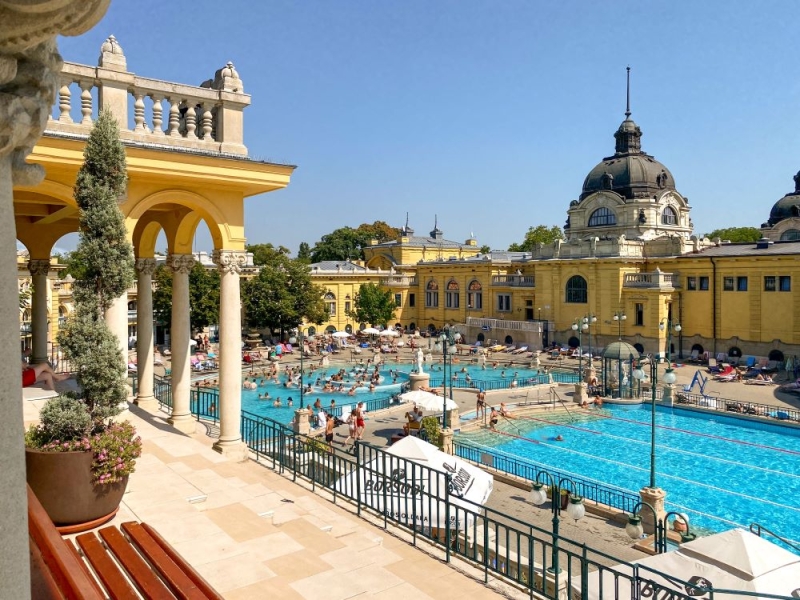
Szechenyi is more reminiscent of a royal mansion than just a bathhouse: among the majestic decor there are 15 indoor pools and dozens of steam rooms with aromatherapy. The outdoor swimming pool became the hallmark. Entrance ticket: from 5900 forints*.
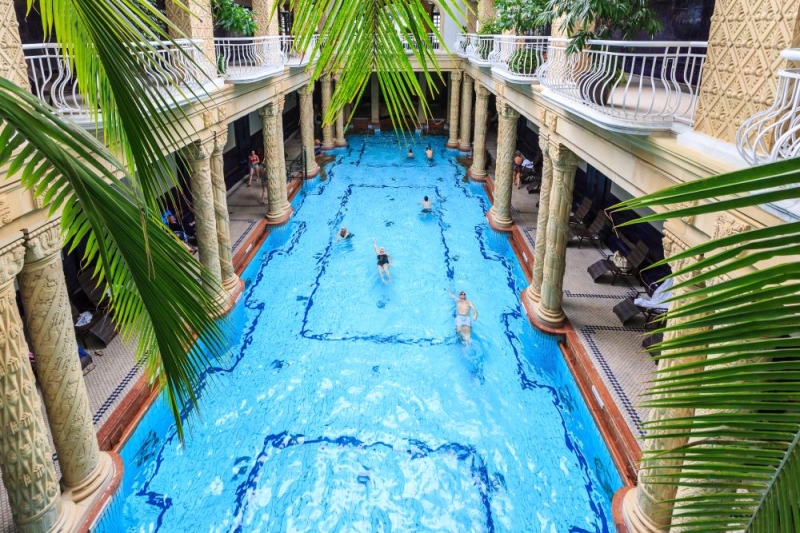
Photo: emperorcosar/shutterstock.com
The Gellert Baths were built in 1918. Before this, local residents were afraid of the muddy water, but, having become convinced of its healing properties, they built a building resembling a palace to smooth out the impression of the unpleasant color. The result is 10 indoor pools, decorated with turquoise slabs, stained glass windows and sculptures – you get the feeling that you are in a museum. Two more pools are outdoors. Entrance ticket: from 5900 forints*.
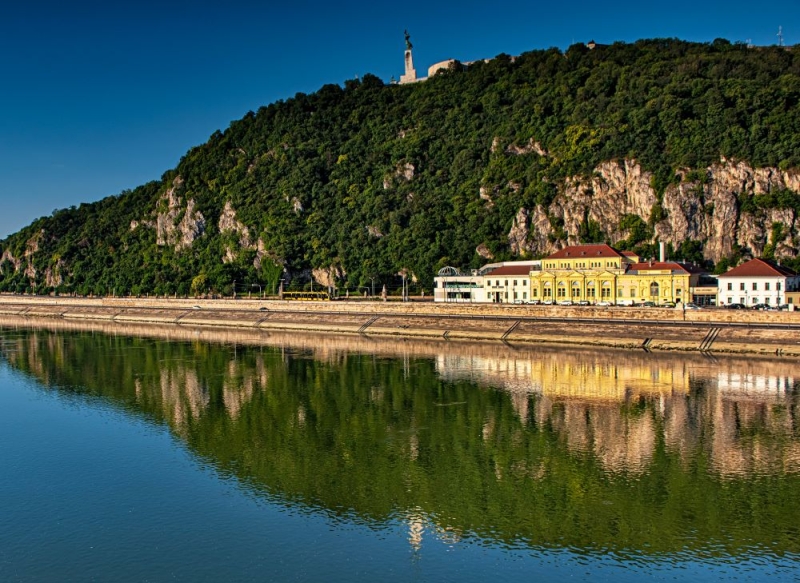
Photo: Botond Horvath/shutterstock.com
Rudas was built back in the 16th century. The highlight was the hot tub on the roof of the complex. Entrance ticket: from 3500 forints*.
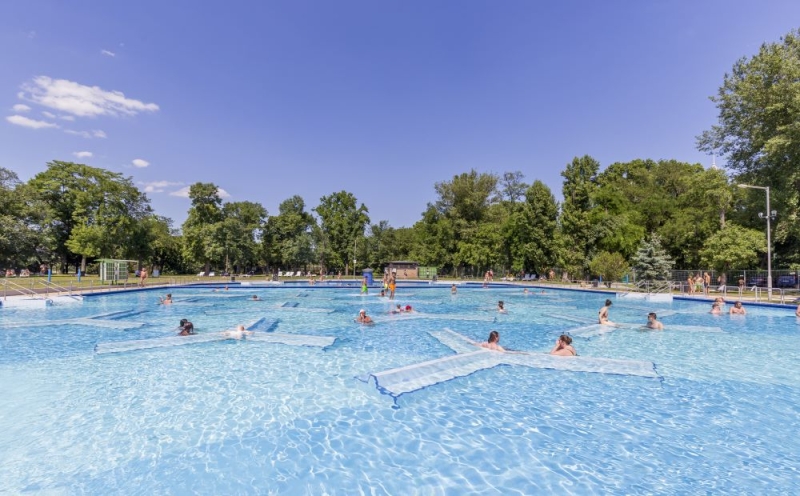
Photo: Ungvari Attila/shutterstock.com
The Palatinus was the first bathhouse since 1919 where visitors could soak in an open-air bath. Now the place looks like a thermal entertainment complex surrounded by green trees: there are 15 swimming pools – outdoor, indoor, with artificial waves and slides for all ages. Entrance ticket: from 3200 forints*.
Secret

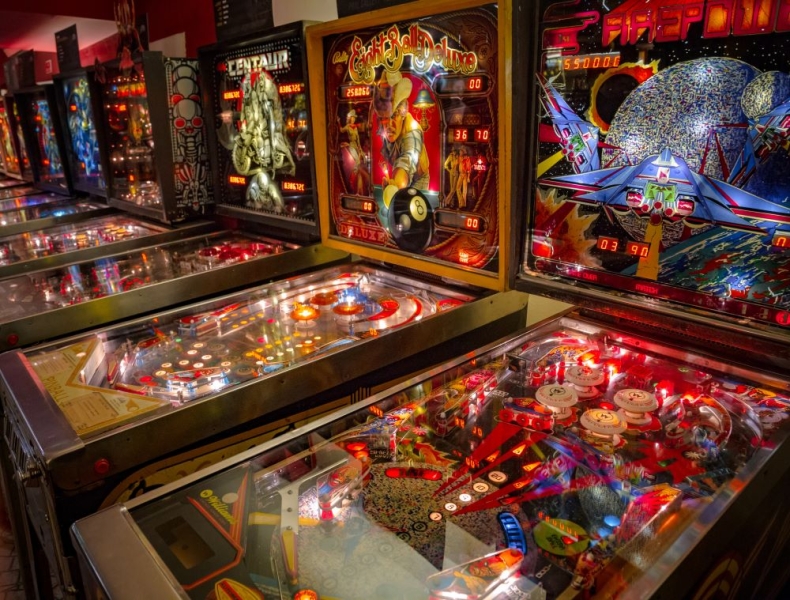
Photo: Gilmanshin/shutterstock.com
Whether you like pinball or not, you’ll definitely enjoy the game at the Flippermuseum. Collector Balázs Pálfi began collecting devices from different eras, themes and manufacturers since the 1970s. Now he has 130 objects under his control. For 3500 forints* you can try out all the devices.
The Arany Sas Patika Museum is located in the building of a pharmacy that has operated since the mid-18th century. The atmosphere of that time has been preserved here and a collection of pharmaceutical wonders has been collected.
Among the exhibits: dried bats, lizards, various herbs and potions, medicine vessels, mortars and books on medicine from the Middle Ages. There is also a recreated alchemist’s office with a corresponding 17th-century interior. Entrance fee: 800 forints*.
Epreskert was originally a strawberry garden, then in 1880 it was given over to artists, and they began to open workshops on the neighboring streets. The Hungarian Institute of Fine Arts settled nearby, which began to take care of the garden and organize exhibitions here. The sight of enchanting, diverse statues scattered in the shade of trees gives the impression of a mesmerizing cemetery of sculptures.
More than a hundred rusting railway carriages can be seen in the suburbs of the capital at the abandoned Red Star station Istvántelek. In 1920, a repair shop was set up here, but over time it was abandoned, leaving the carriages to live out their days. Some date back to the Communist era, while others transported prisoners to Auschwitz during the Holocaust.
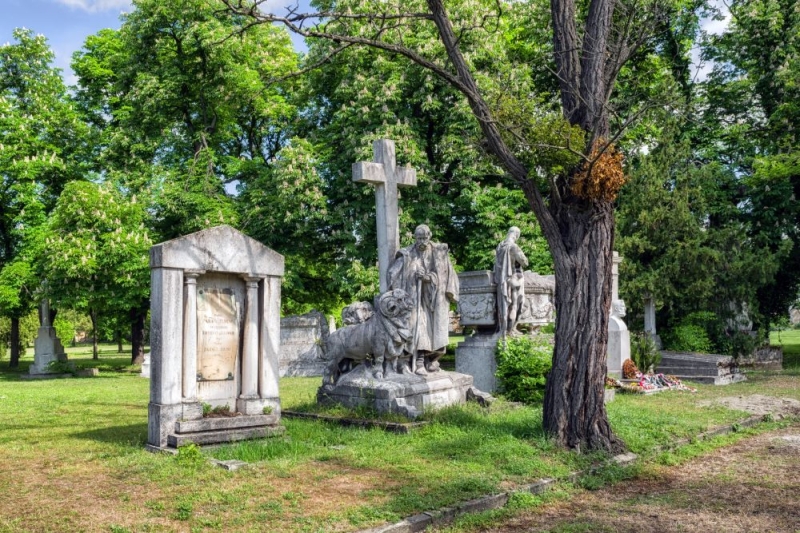
Photo: Jaroslav Moravcik/shutterstock.com
At first glance, Kerepeshi looks like a city park: birds chirping, greenery rustling, people walking leisurely… But later you will notice mausoleums, old tombs and statues like in an open-air museum. Yes, this is the oldest Christian cemetery, where prominent political and artistic figures of the country are buried. Wander around and explore the interesting exhibits.
Night
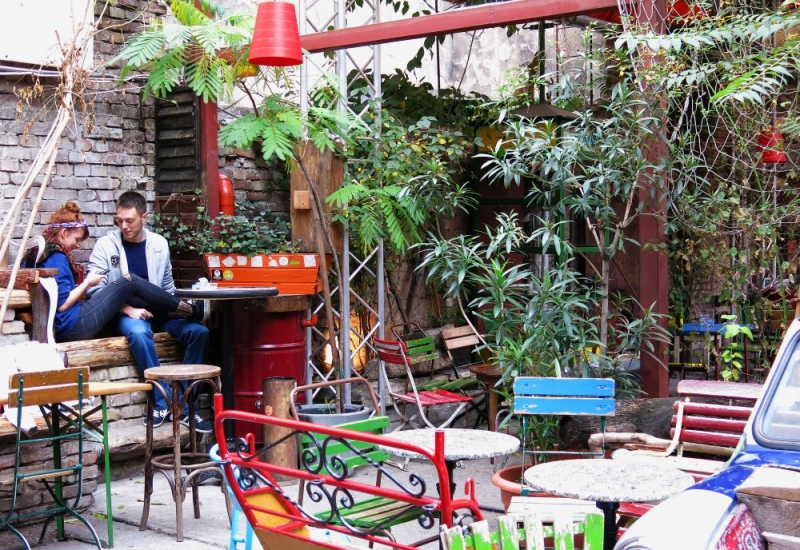
Photo: Aija Lehtonen/shutterstock.com
When night falls on the city, crowds of people head to the capital’s popular establishments – ruin bars. Initially, these were abandoned buildings destroyed after the war. Instead of restoring them, the owners took advantage of the “exotic” condition and did not change anything, just furnished the spaces using items found at flea markets and antique stores.

Thanks to this stylization, you will definitely get the feeling that you are visiting your grandmother on the mezzanine. However, it was precisely this decision to use the buildings that saved them from demolition and revitalized the area, which became a center of attraction for both tourists and locals.

Photo: Arcady/shutterstock.com
It all started with the famous Szimpla Kert – the Mecca of ruin pubs, the collection of which will be the envy of any junk dealer. Here you can taste wine, drink a cocktail, eat, dance, listen to a concert, sit in a broken down car or smoke a hookah in an old bathtub.
Instant-Fogas is one of the largest: 7 dance floors with different music and 18 bars where parties take place every night. There are also slot machines, billiards, cozy lighting and a room with furniture on the ceiling.
Red Ruin Pub is different from other places – it makes fun of communist propaganda. On the brick walls under the red light you will find collages and pop-up versions of communist-era posters, caricatures of revolutionary leaders and funny phrases that will make you want to photograph them non-stop. The menu has a wide selection of beer from different parts of the world and snacks.
Pub Doboz is the most fashionable, without the dominance of grandfather’s things and noticeable devastation, but with fancy installations of young Hungarian talents and the figure of a gorilla hugging a 300-year-old tree in the yard.
Underground
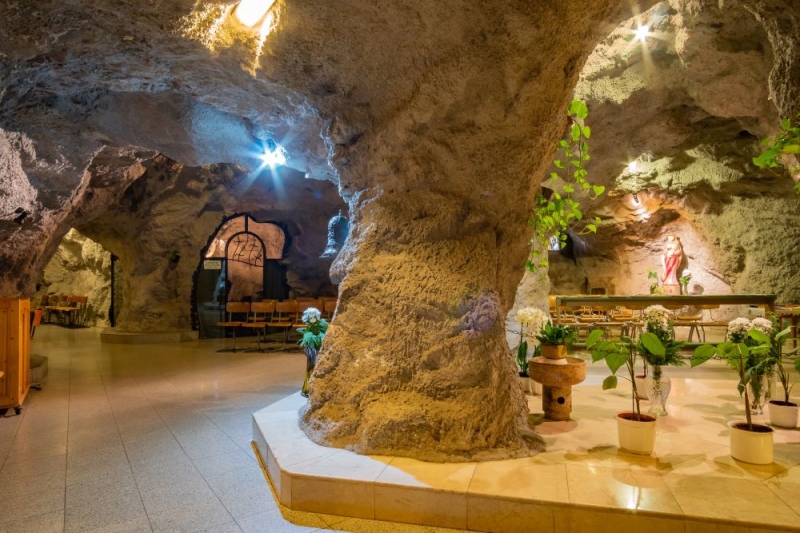
Photo: Kit Leong/shutterstock.com
So many interesting things are hidden under Budapest!
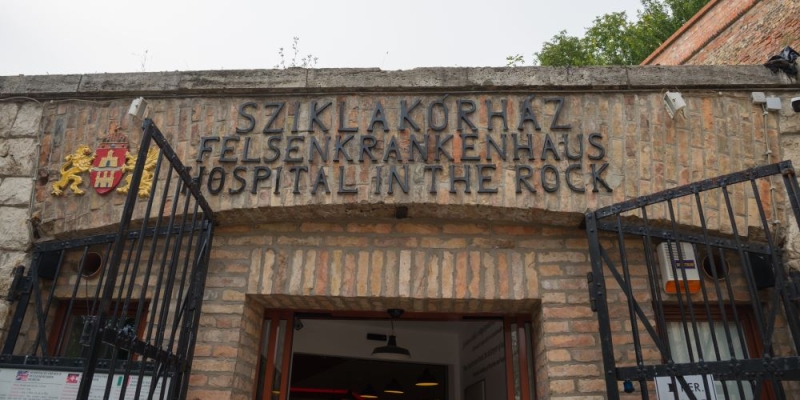
Photo: Vincenzo De Bernardo/shutterstock.com
For example, under the Buda Castle there is a museum “Hospital in the Rock”. During World War II there was a secret hospital here, during the Cold War it was a shelter from nuclear attacks, and in 2008 the place was turned into a museum. By exploring the restored equipment and creepy hospital scenes with mannequins, visitors can get a feel for the setting of the last century. Entrance ticket costs 4000 forints*.
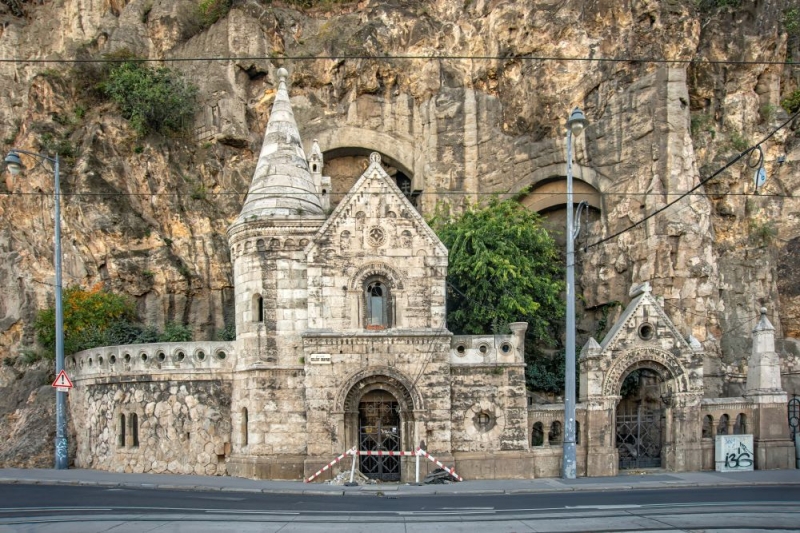
Photo: Nenad Nedomacki/shutterstock.com
The hermit monk Ivan lived in the Gellert cave, treating people with thermal water. In 1926, the Paulines (Catholic monks of the Order of Paul the First Hermit) They erected a church and a monastery on this site. During World War II, the monks hid refugees here, then, due to differences in political views with the party, they were expelled, and the church was bricked up until communism fell. Now the monks have returned to their monastery, and the cave is open to the public for 500 forints*.
Under Castle Hill there is a labyrinth-panopticon from the Middle Ages, which at one time served as both a prison and a refuge from enemies. For HUF 3,000* you can stroll through the damp rooms where you can explore monuments from the Turkish occupation, statues of Hungarian kings, wall paintings and wax figures recreating scenes from The Phantom of the Opera. In one of the creepy rooms, they say, Vlad Tepes, the prototype of Count Dracula, was imprisoned and tortured for 14 years. His coffin supposedly stands here.
With degree
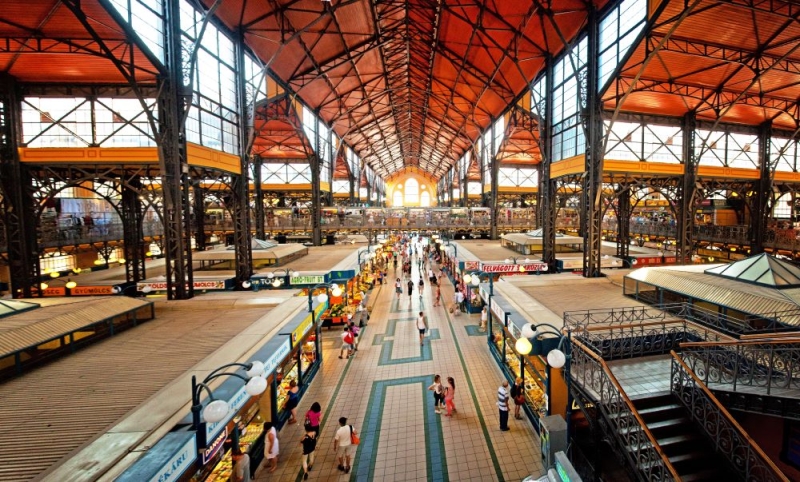
Photo: Botond Horvath/shutterstock.com
We’ve already written about where to eat and drink, but we’ll just add:
— it’s worth tasting local products at the central market;
—it’s better to try local wine right at the wineries of the Budafok region, for example, Lics or Torley;
—rate “ palinka” can be enjoyed in any bar or restaurant. This is a local brandy infused with various fruits and berries. Tasting can be arranged at Palinka Museum, paying from 3000 forints*.

